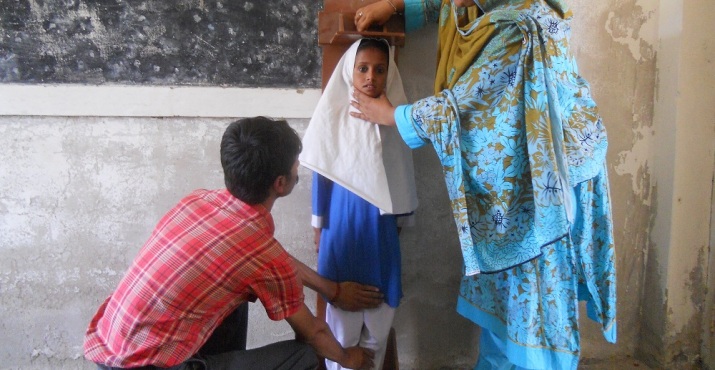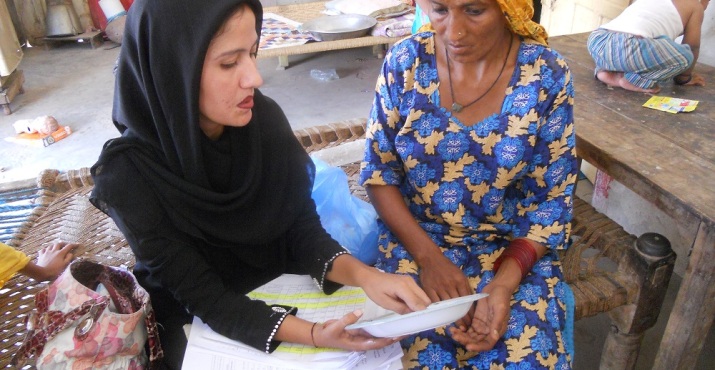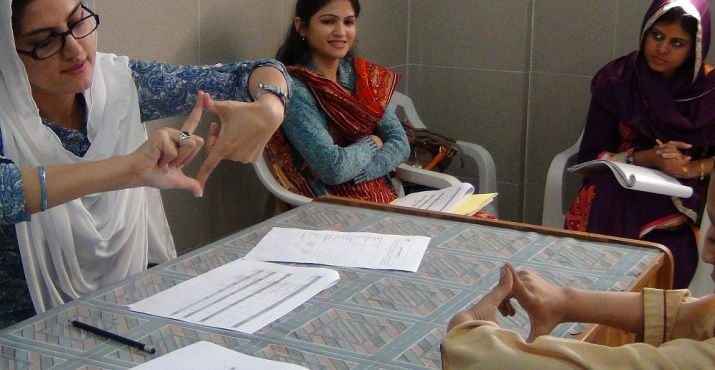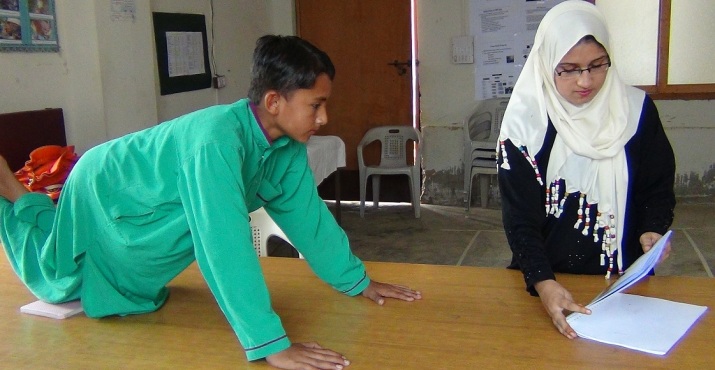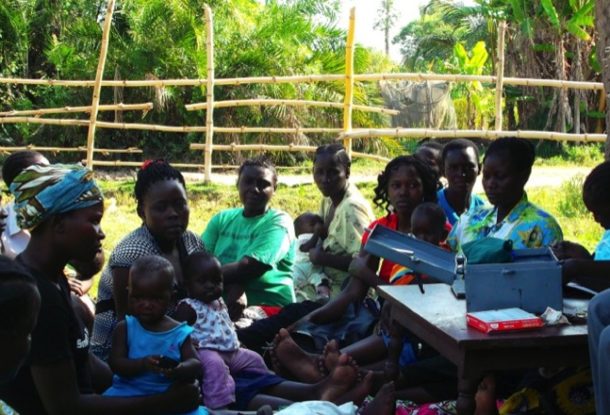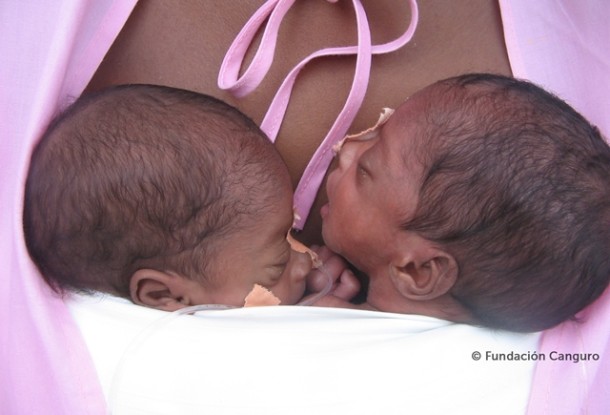This project follows up 3 cohorts of disadvantaged Pakistani children who received nutrition interventions in the first 1000 days in rigorous randomized controlled trials of nutrition interventions during pregnancy and early infancy in Pakistan between 2000 and 2007. Children are now at varied ages of 5-12 years.
Briefly, the 3 original interventions were as follows:
- Maternal (pregnant women) micronutrient supplementation; urban & rural setting; included multiple micronutrient or iron folate +/- nutrition education.
- Infant micronutrient supplementation; slum area & peri-urban setting.
- Complementary feeding strategies of low-birth weight and normal weight infants; slum area; comparing breastfeeding promotion, nutrition education, vaccinations +/- oral iron or multiple micronutrient.
The current project assesses the following:
- Impact of nutrition interventions in early life (fetal and early infancy) on growth and nutrition outcomes.
- Effects of the early nutrition interventions on neurodevelopmental outcomes and individual child’s school readiness as indexed by children’s cognitive-language, social-emotional and , motor development, executive functioning (attention, memory), and education indicators.
- Effects of maternal and early infancy interventions on the families and communities as indexed by (1) household practices and nutrition behaviors and (2) care giving patterns.
In addition given the recognized links between early nutrition in-utero and childhood and metabolism/long term outcomes, this project also evaluated lipid metabolism and body composition.
The findings have potential to inform policy and science in developing countries around nutrition interventions, especially in terms of timing and neurodevelopment outcomes. This is currently a major gap in both fields.
 Pakistan is one of 10 countries with the highest number of undernourished mothers, and children with high rates of fetal under-nutrition and low birth weight. [1] Many children do not meet their developmental potential by the age of 5. [2] This exposure to early adversity has serious repercussions for subsequent growth, cognitive development, school readiness and educational achievement and could potentially impact on economic growth and development.
Pakistan is one of 10 countries with the highest number of undernourished mothers, and children with high rates of fetal under-nutrition and low birth weight. [1] Many children do not meet their developmental potential by the age of 5. [2] This exposure to early adversity has serious repercussions for subsequent growth, cognitive development, school readiness and educational achievement and could potentially impact on economic growth and development.